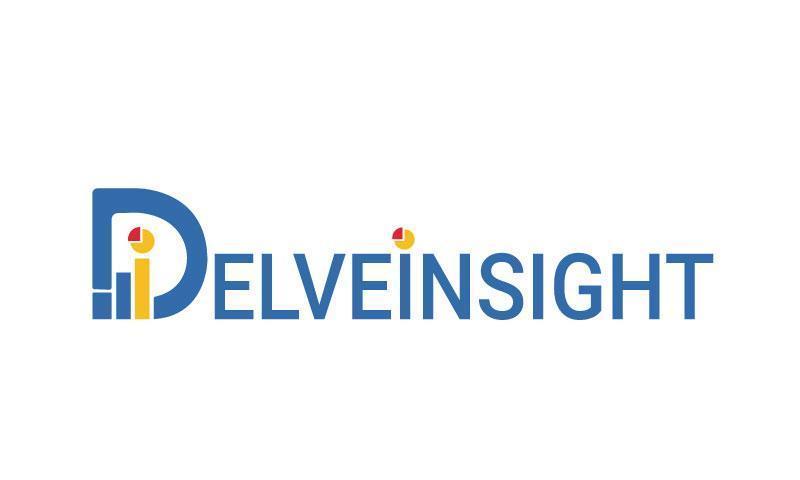
Idiopathic Pulmonary Fibrosis (IPF) is a progressive and chronic lung disease characterized by the scarring (fibrosis) of lung tissue, leading to impaired respiratory function. Primarily affecting middle-aged and elderly individuals, IPF manifests through symptoms such as breathlessness and reduced oxygen levels, which significantly impact daily activities. Despite its severity, advancements in epidemiological research, drug development, and therapeutic approaches are fostering optimism in the IPF market.
Download our sample report @ https://www.delveinsight.com/report-store/idiopathic-pulmonary-fibrosis-market?utm_source=report&utm_medium=promotion&utm_campaign=kpr
Market Growth and Dynamics
The IPF market is anticipated to experience substantial growth between 2020 and 2034, driven by an increasing prevalence of the disease and advancements in treatment. According to DelveInsight’s market report, the market size in the seven major markets (7MM) — the United States, EU4 (Germany, Spain, Italy, France), the United Kingdom, and Japan — was approximately USD 3,167 million in 2021. The projected growth is underpinned by a compound annual growth rate (CAGR) of 1.1% in diagnosed cases during the forecast period.
The rising prevalence of IPF, particularly among older populations, coupled with improved diagnostic capabilities, is a significant driver of market expansion. For instance, in 2021, the United States accounted for the highest number of diagnosed cases (94,736), with Japan (21,246 cases) and Germany (20,774 cases) also reporting substantial prevalence. These trends are expected to continue, fostering demand for effective therapies.
Epidemiological Insights
DelveInsight’s analysis categorizes IPF prevalence by age, severity, and gender. The highest prevalence is observed among individuals aged 60–79 years, with males more frequently affected than females. In 2021, males accounted for approximately 121,389 diagnosed cases, compared to 73,488 cases in females across the 7MM.
Germany leads the European region in terms of diagnosed cases, followed by the United Kingdom and Spain. Improved awareness and diagnostic tools are likely to further enhance case detection rates in these regions, creating opportunities for therapeutic interventions.
Request for a sample report @ https://www.delveinsight.com/sample-request/idiopathic-pulmonary-fibrosis-market?utm_source=report&utm_medium=promotion&utm_campaign=kpr
Current Therapies and Emerging Treatments
Currently, two antifibrotic drugs dominate the IPF treatment landscape: Esbriet (Pirfenidone) and Ofev (Nintedanib). Both drugs are tyrosine kinase inhibitors that help slow disease progression. Despite their efficacy in reducing exacerbations, these therapies do not significantly alter mortality rates, highlighting the unmet need for more effective treatments.
Pirfenidone: Known for its anti-inflammatory properties, this drug is often associated with side effects such as gastrointestinal discomfort, rash, and photosensitivity.
Nintedanib: This medication primarily causes diarrhea and requires regular monitoring of liver function.
Emerging therapies are set to revolutionize the IPF treatment landscape. Promising candidates like Pamrevlumab, PRM-151, and Inhaled Treprostinil are in advanced clinical trials and have shown encouraging results. Several other therapies in earlier development stages signal a robust pipeline, offering hope for improved patient outcomes.
See how the IPF market is emerging in the upcoming years @ https://www.delveinsight.com/sample-request/idiopathic-pulmonary-fibrosis-market?utm_source=report&utm_medium=promotion&utm_campaign=kpr
Market Challenges and Unmet Needs
Despite advancements, significant challenges persist in IPF management. Many European physicians remain unaware of available antifibrotic therapies or prefer a “wait and watch” approach, leading to suboptimal treatment rates. In 2021, only 71% of patients with mild IPF and 41% with moderate IPF in Europe received treatment. This highlights the critical need for enhanced awareness and education among healthcare providers.
Additionally, the side effects associated with current medications often lead to treatment discontinuation, further emphasizing the demand for better-tolerated therapies. The high cost of treatment and limited access to innovative drugs in certain regions also pose barriers to optimal care.
Competitive Landscape
The IPF market is highly competitive, with numerous pharmaceutical companies striving to develop groundbreaking therapies. Key players include FibroGen, Hoffmann-La Roche Ltd, United Therapeutics, Boehringer Ingelheim, Pliant Therapeutics, Inc., and Galecto Biotech. Collaborative efforts, mergers, and acquisitions are shaping the market dynamics, fostering innovation and access to advanced treatments.
Future Outlook
The IPF market is poised for transformative growth, fueled by advancements in drug development, heightened disease awareness, and an expanding patient pool. DelveInsight’s forecast underscores the potential for emerging therapies to address unmet needs and improve patient quality of life. Strategic initiatives by key players, combined with robust pipeline activity, are expected to drive significant progress in the coming decade.
Download our free sample report @ https://www.delveinsight.com/report-store/idiopathic-pulmonary-fibrosis-market?utm_source=report&utm_medium=promotion&utm_campaign=kpr